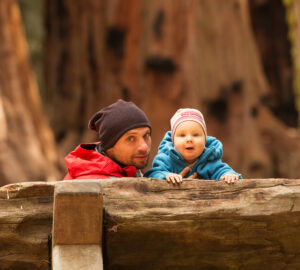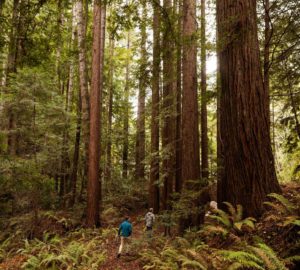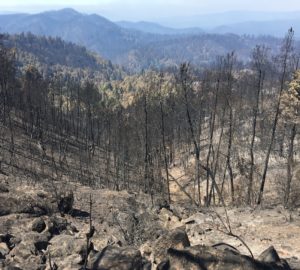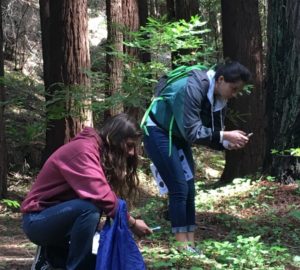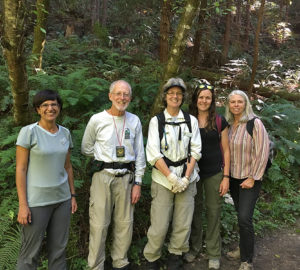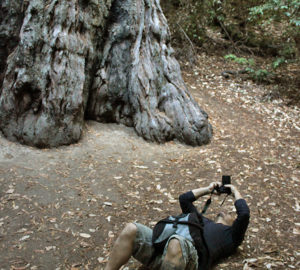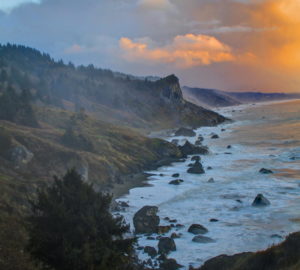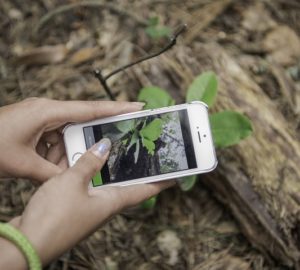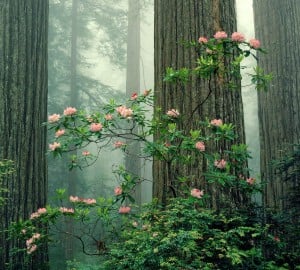 The Bay Area is a pretty amazing place to live, but one complaint I often hear is about the lack of seasons. We never really get cold, snowy winters, or cool, crisp falls with vibrant leaf colors to take our breath away. But we still see many seasonal changes all around us. I often notice it at the farmer’s market when new produce is available. Fall pumpkins, winter citrus, and summer tomatoes tell me what season we are in. I also see the seasons in my annual winter cold and my spring wildflower hike every April. Most proof of our changing seasons comes from plant and animal life cycle stages that we notice but probably don’t think too much about. More researchers are looking closely at these changes in life cycle stages to see how our environment is impacted by our changing climate. This is called the study of phenology.
The Bay Area is a pretty amazing place to live, but one complaint I often hear is about the lack of seasons. We never really get cold, snowy winters, or cool, crisp falls with vibrant leaf colors to take our breath away. But we still see many seasonal changes all around us. I often notice it at the farmer’s market when new produce is available. Fall pumpkins, winter citrus, and summer tomatoes tell me what season we are in. I also see the seasons in my annual winter cold and my spring wildflower hike every April. Most proof of our changing seasons comes from plant and animal life cycle stages that we notice but probably don’t think too much about. More researchers are looking closely at these changes in life cycle stages to see how our environment is impacted by our changing climate. This is called the study of phenology.
Why study phenology? So many things in our lives depend upon these consistent reoccurring life cycles. The fishing industry, for example —salmon migrate to the ocean, new fish emerge from their eggs, and crabs grow big enough to be harvested. And in ecotourism — visitors go on wildflower hikes, watch migrating whales and hatching sea turtles, or travel to see fall colors. As the climate of our planet changes at such a fast pace, we have begun to notice differences in these cycles. Flowers blooming earlier and animals migrating at unusual times may be due to these climatic conditions.
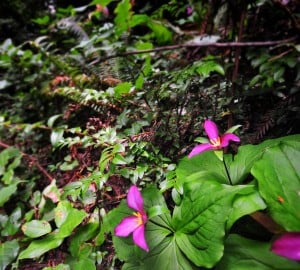 Projects such as the National Phenology Network and the California Phenology Project are trying to document and track these changes to get a better picture of what is happening to our environment. But these scientists can’t do it alone. They are calling on people like you — citizen scientists — to help. Sites are being set up all over the country where the public can go out and observe the life cycle changes of plants and animals. When are the flowers blooming, fruits forming, or new leaves emerging? Simply record what you see, and all of the data goes into a national database which can be used by anyone, anytime. Your observations contribute to scientific studies that wouldn’t be possible without this valuable information.
Projects such as the National Phenology Network and the California Phenology Project are trying to document and track these changes to get a better picture of what is happening to our environment. But these scientists can’t do it alone. They are calling on people like you — citizen scientists — to help. Sites are being set up all over the country where the public can go out and observe the life cycle changes of plants and animals. When are the flowers blooming, fruits forming, or new leaves emerging? Simply record what you see, and all of the data goes into a national database which can be used by anyone, anytime. Your observations contribute to scientific studies that wouldn’t be possible without this valuable information.
Projects like this not only help scientists track changes in our environment, but they engage the public in science, improve observation skills, and give people an excuse to spend more time in nature.
Here at the League we are all about engaging the public in science, and will be setting up our own phenology project in partnership with East Bay Regional Parks District. Stay tuned for our call for volunteers to help us study phenology in the redwoods!

